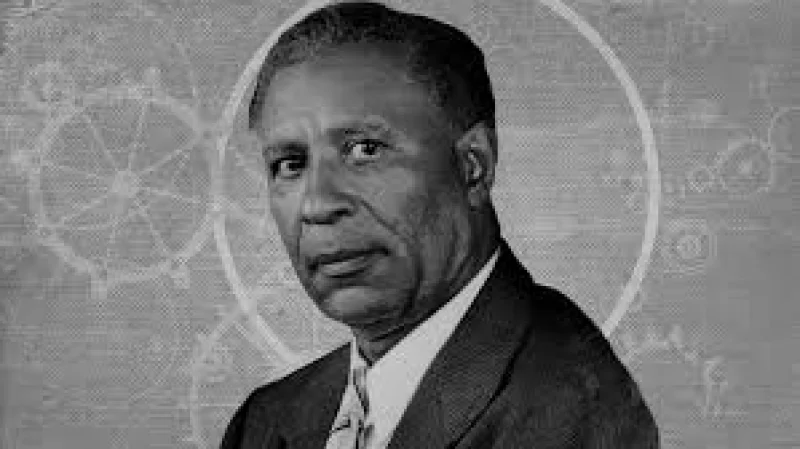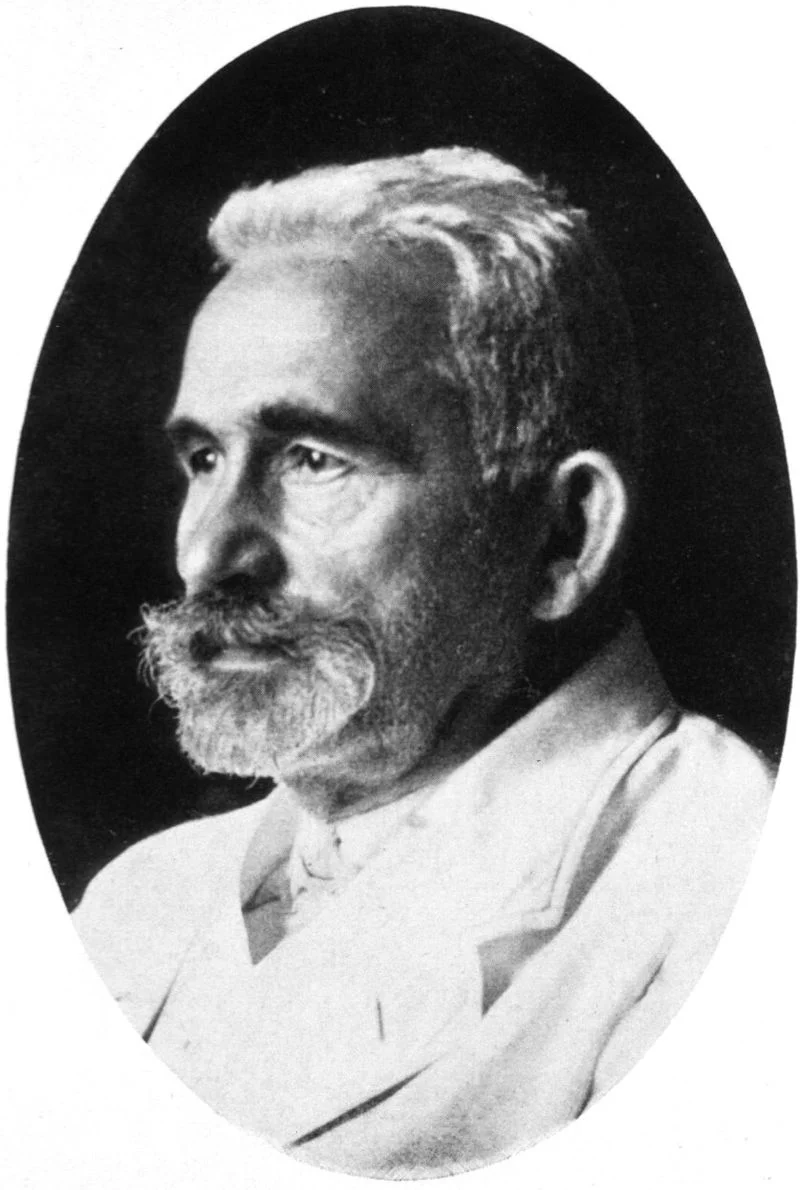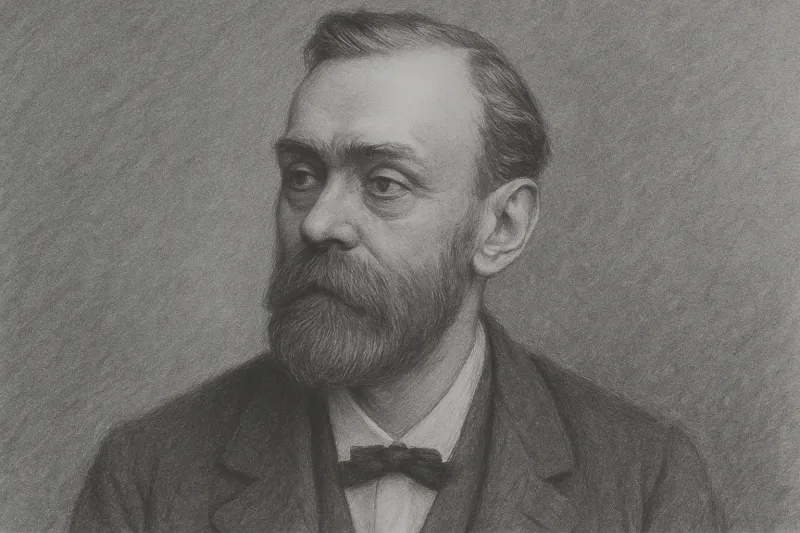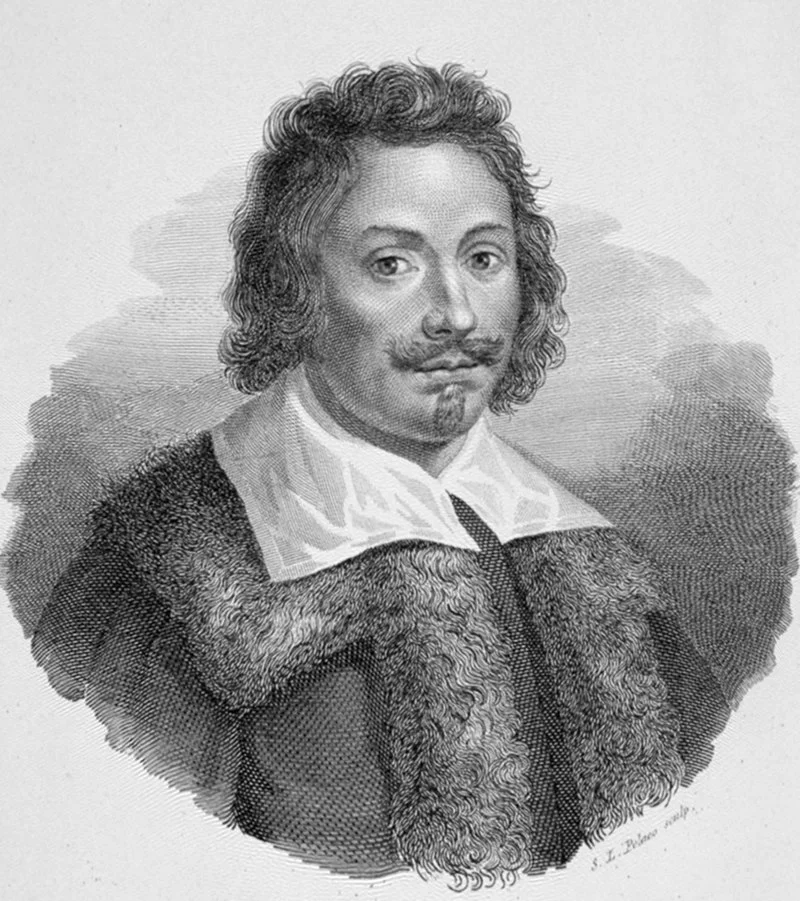Short Summary
Murray Gell-Mann was a pioneering American physicist known for his groundbreaking work in particle physics, particularly in classifying subatomic particles and formulating the theory of quarks. He was awarded the Nobel Prize in Physics in 1969 for his contributions to the theory of elementary particles. Gell-Mann's work significantly advanced the understanding of the fundamental forces of nature, making him a prominent figure in theoretical physics.
Early Life & Education
Murray Gell-Mann was born on September 15, 1929, in New York City to Jewish immigrant parents from Eastern Europe. From an early age, he displayed a remarkable aptitude for mathematics and science. He attended the prestigious Columbia Grammar & Preparatory School and later went on to Yale University, where he graduated in 1948 with a Bachelor of Science degree in physics. Gell-Mann pursued his doctorate at the Massachusetts Institute of Technology, earning his Ph.D. in 1951. His early education laid a strong foundation for his future contributions to theoretical physics.
Career Highlights
After completing his education, Gell-Mann joined the Institute for Advanced Study in Princeton and later became a faculty member at the California Institute of Technology (Caltech). During his tenure at Caltech, he developed the "Eightfold Way" theory, a classification scheme for elementary particles, which played a crucial role in the development of the quark model. His introduction of "strangeness" as a quantum property further advanced particle physics. Beyond academia, he was instrumental in founding the Santa Fe Institute, focusing on complex systems research.
Major Achievements
- Developed the "Eightfold Way," revolutionizing the classification of subatomic particles.
- Introduced the concept of quarks, fundamental constituents of matter.
- Received the 1969 Nobel Prize in Physics for contributions to the theory of elementary particles.
- Co-founded the Santa Fe Institute, promoting interdisciplinary research in complex systems.
Famous Quotes
- "Think how hard physics would be if particles could think."
- "If I have seen further than others, it is by standing upon the shoulders of giants."
Interesting Facts
- Gell-Mann coined the term "quark," inspired by a line in James Joyce's "Finnegans Wake."
- He was a polyglot, fluent in multiple languages, including French and German.
- Gell-Mann had a deep interest in linguistics, archaeology, and natural history, reflecting his interdisciplinary approach to science.
Legacy / Influence
Murray Gell-Mann's contributions to theoretical physics, particularly his work on quarks and particle classification, are foundational to the standard model of particle physics. His interdisciplinary approach and establishment of the Santa Fe Institute have influenced research in complex systems, impacting fields beyond physics, including biology and economics. His legacy endures through the continued exploration of fundamental particles and the interconnectedness of scientific disciplines.
FAQ
Q: Why is Murray Gell-Mann famous?
A: He is famous for his groundbreaking work in particle physics, particularly for introducing the concept of quarks and classifying subatomic particles.
Q: What is the significance of the "Eightfold Way"?
A: The "Eightfold Way" is a classification scheme for elementary particles that laid the groundwork for the quark model.
Q: Did Murray Gell-Mann receive a Nobel Prize?
A: Yes, he received the Nobel Prize in Physics in 1969 for his contributions to the theory of elementary particles.













